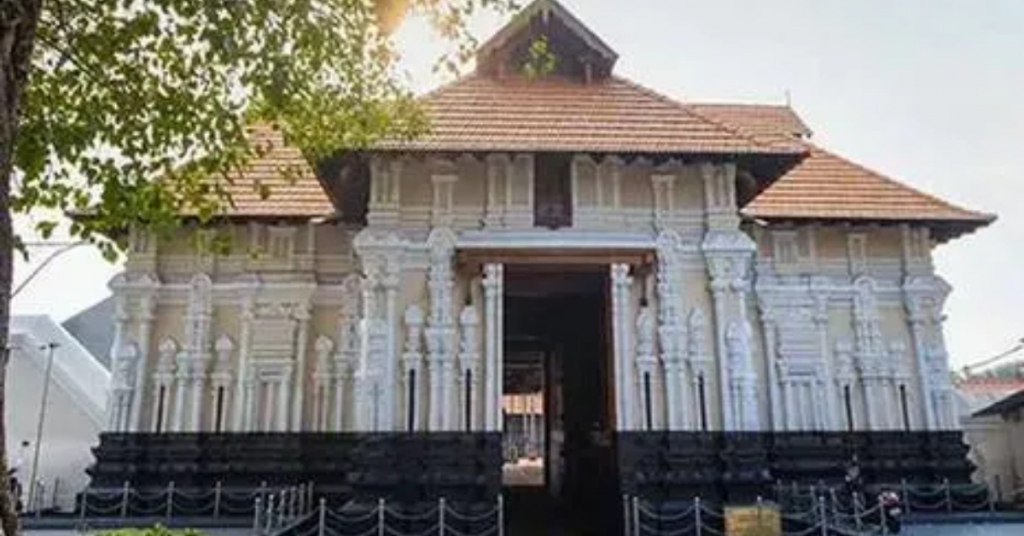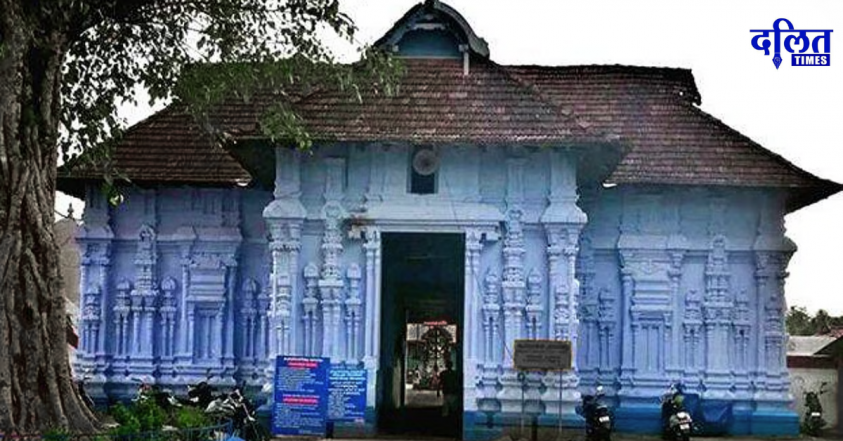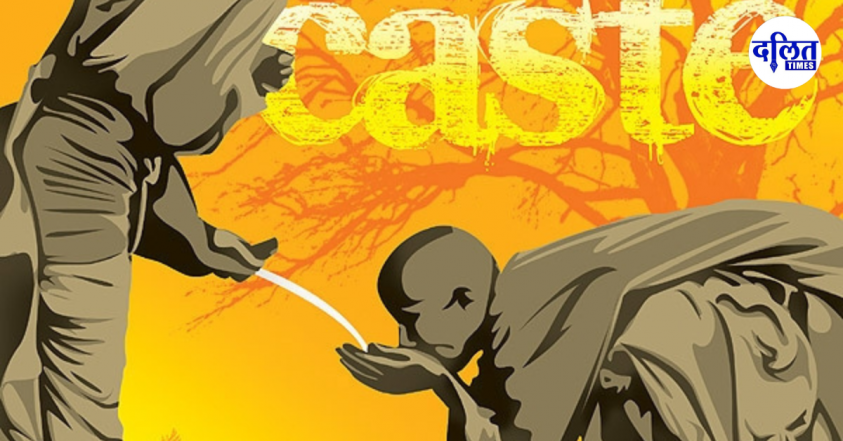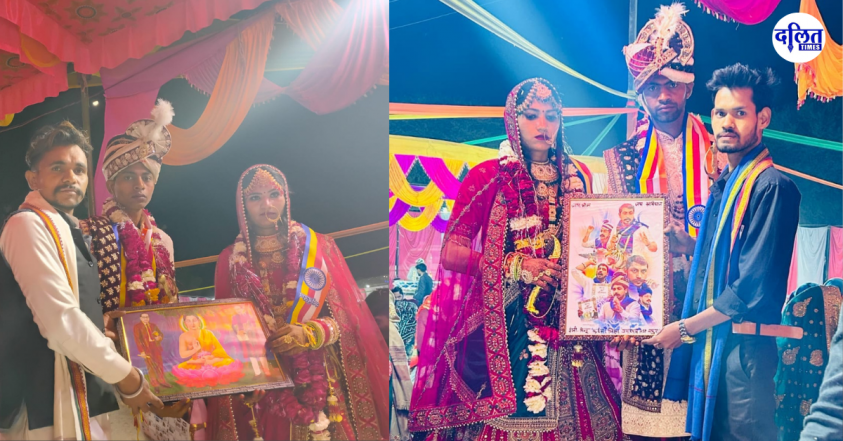(Bindu Ammini, Advocate, Writer, Dalit Feminist and Legal Advisor of Dalit Times)
The age-old sanctity of Kerala’s temples has once again been sullied—not by desecration of idol or faith, but by the persistent plague of caste discrimination. At the heart of this storm lies the historic ‘Koodalmanikyam’ Temple at Irinjalakuda in Kerala, where the appointment of a young priest belongs to Ezhava community that also belongs to OBC, B.A. Balu, as a ‘kazhakakkaaran’—an assistant in daily rituals—triggered a firestorm of casteist backlash. What should have been a quiet, rightful integration into temple duties instead exploded into a chilling reminder of the entrenched hierarchies that continue to regulate access to sacred spaces.
When Merit Meets Caste: An Appointment Undone
Balu’s selection through the Kerala ‘Devaswom’ Recruitment Board was by all accounts lawful, based on merit and commitment. His role, central to the preparation of garlands and ritual materials, might appear benign to an outsider. Yet for the temple’s orthodox gatekeepers, his presence in this sacred space was an affront—not to tradition, but to their imagined caste purity.
The ‘tantris’, custodians of temple rituals, along with members of the Warrier Samajam, protested not against his abilities, but his caste. In an act that borders on spiritual blackmail, they ceased performing ‘poojas’, coercing the Devaswom Board into reassigning Balu to office duties—an administrative exile for daring to cross a caste line drawn centuries ago.
State Response: Justice on Paper, Resistance in Practice
The uproar drew the attention of the Kerala State Human Rights Commission, which swiftly demanded accountability. Devaswom Minister V.N. Vasavan defended Balu’s appointment and condemned the casteist resistance, asserting that no priestly veto should overrule the Constitution’s mandate of equality. His words reflected the swelling anger among Bahujan and progressive voices, who recognized in this struggle a familiar pattern—of institutional silence cloaked in ritual sanctity.

Koodalmanikyam Temple (Image : Google )
Yet, despite official solidarity, the social hostility remained palpable. The temple’s silence screamed louder than its bells.
A Resignation Written in Pain
Amidst growing public attention and continued exclusion from ritual work, Balu stepped down. Officially, the reasons cited were personal and health-related—but the subtext was clear. In a space that ought to have embraced his rightful service, he was rendered unwelcome. His departure was not resignation—it was expulsion.
This act, more than anything, revealed the hypocrisy in Kerala’s self-proclaimed social modernity. For all its literacy and reformist legacy, caste continues to script the destinies of the marginalised, especially when it comes to temples—those last bastions of unchallenged ‘Savarna’ dominance.
A Mirror to Our Moral Malaise
The’ Koodalmanikyam Temple’ controversy is not merely an aberration—it is a mirror. A mirror that reflects how caste, though legally abolished, thrives in cultural nooks, cloaked in the language of “tradition.” It raises urgent questions: Are public temples truly public if caste still determines who may serve? Can constitutional rights survive inside spaces still ruled by hereditary privilege?
This is not just about B.A. Balu. It is about countless others denied dignity, access, and visibility across the religious and cultural fabric of the nation.
From Symbolism to Structural Change
Kerala cannot afford to remain content with symbolic gestures. What’s needed now is a radical restructuring—of temple administration, of ritual authority, and of the very moral fabric that permits exclusion in the name of custom. Discrimination dressed as devotion is no less violent than discrimination enforced by law.
The story of B.A. Balu is both an indictment and an invitation—an indictment of the caste-ridden conservatism still gripping sacred institutions, and an invitation to reimagine our temples not as fortresses of caste, but as sanctuaries of equality. Until that vision is realized, no bell rung in devotion can drown out the cries of injustice echoing through our temple halls.



